14 October 2025
Since joining the Malaghan Institute in 1994 as a research fellow, Paige Lacy has built a career exploring immune cells called eosinophils and their role in asthma and allergies. A professor at the University of Alberta, she is currently on sabbatical at the University of Auckland. She reflects on her time and the Malaghan Institute and the impact it has had on her career.

1. Where are you from/where did you grow up?
Something many people don’t know about me was that I was born in Dallas, Texas. My early childhood was spent moving with my parents and sister around the USA, living for various periods in Dallas, Los Angeles, then Philadelphia, Pennsylvania, and then again to Santa Fe, New Mexico before finally arriving in Wellington, New Zealand when I was 12 years old. The reasons for moving were varied – my mother remarried and my parents, who were Jungian psychoanalysts, were keen to try different locations to make a living. They chose New Zealand because it was an English-speaking country that was outside of the USA (they wanted to see what it was like to live outside of that country for a change) and because there was a great need for people in their profession of clinical psychology at that time.
I identified most strongly as a New Zealander during my adolescence because of coming to this country at such an important age of development. I made many lifelong friends in Wellington and have kept in touch with many of them.
2. Where were you before your time at the Malaghan?
After completing my BSc(Hons) at Victoria University of Wellington, then my PhD at the Wellington School of Medicine, University of Otago, I was awarded a prestigious Wellcome Trust/Health Research Council overseas research fellowship to work for two years in University College London with Prof Bastien Gomperts. It was after completing the overseas portion of this fellowship that I joined the Malaghan in 1994 for the 2-year stipend covering my research position in New Zealand. I was also pregnant with my daughter when I returned, and took most of a year off to look after her when she was born, which was greatly appreciated as she has developed into an exceptional individual.
3. When and what did you study or work on at the Malaghan?
When I joined in 1994, I worked on intracellular mechanisms of eosinophil activation, and was able to win a few small grants to study these while at the Malaghan when it was located within the Wellington School of Medicine. Eosinophils are an important white blood cell type in allergy and asthma. In those days, there was a great deal of debate over the importance of these cells in allergic diseases, and some would even argue with me that it was not really worth pursuing research on these cells (or that it was worth doing research at all). Nowadays, eosinophils are accepted as fundamentally important effector cells in eosinophilic asthma with the advent of eosinophil-targeting biologics like mepolizumab, benralizumab and reslizumab. These are new biologics (antibodies) that block the effects of the eosinophil-specific cytokine interleukin-5 and which are able to induce remission of disease in a significant proportion of patients.
4. You arrived at the start of Graham Le Gros’ tenure as the new the director of the Malaghan Institute in 1994. What are your recollections of this time?
Graham was quite different from the previous director, Bill Stehbens. While Bill was the more classical scientist and presented himself in the most conventional manner (suit and tie), Graham brought in a modern scientist appearance which was casual (untucked shirts and jeans). Graham was very approachable and easy to communicate with and I felt aligned with his background in immunology. Franca, his wife, was also very approachable. Graham always said that Franca was the brighter one of the two of them, but I was never sure of that as both of them seemed equally brilliant.
Graham met with me many times and was most enthusiastic about supporting all of our research work. He was a vocal and active supporter of new research ideas that explored the immune system, and wanted to encourage as many people as possible to pursue this area. I remember he was talking about having the Malaghan move to Victoria University even at the very beginning, because he felt that it was too isolated to have it loc
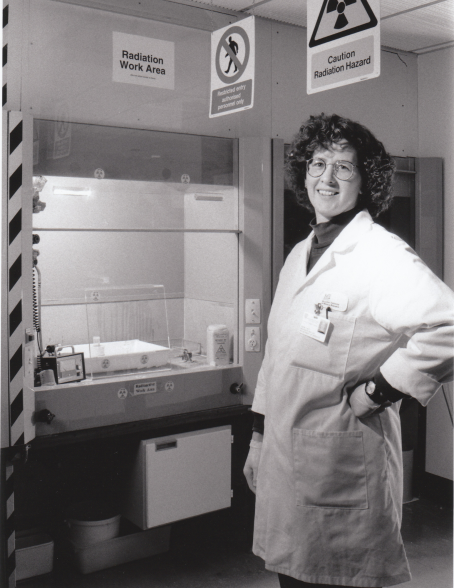
ated at the Wellington School of Medicine, which had very limited resources to support basic science research. It's good to see that his dream of moving the Malaghan to Victoria University was materialised, and evidently has helped the Malaghan to grow into a world-class research institute.
Another interesting thing was that Graham said he had two job offers when he first joined – one at the Malaghan and the other at the University of Alberta, where I work now!
5. What are some memorable experiences of your time at the Malaghan?
What was most memorable about the Malaghan was the opportunity to meet with and discuss research ideas with many individuals who went on to become world-class researchers in New Zealand, Canada, UK and Europe. I feel that the Malaghan provided an excellent training ground for young researchers wanting to move forward into top level research areas in allergy and immunology.
I especially enjoyed the opportunity to talk to Professor Andrew Wyllie who came to visit the Malaghan in 1996 and gave me a brilliant idea to pursue in my research using a special kind of mouse model, which eventually became reality and was published in 2018.
6. What's been your career path since the Malaghan? What achievements are you most proud of?
I was fortunate to be given the opportunity to join the University of Alberta in Edmonton, Alberta, Canada in 1997, and in 1998 was awarded the prestigious Parker B Francis Pulmonary Fellowship which is a USA- and Canada-based award. This allowed me to become a faculty member at the same university in 2000, and I went on to receive funding from the Canadian Institutes of Health Research with a New Investigator Award and two project grants. In the period after 2005 until 2009, I was appointed Director of Graduate Studies in the Department of Medicine, and then in 2013-2021, I was the Director of the Pulmonary Research Group and subsequently Alberta Respiratory Centre Research. I created a new course titled Inflammation in 2012 that is still being held at the University of Alberta. I’ve since been promoted to Full Professor in 2013 based on my productivity and awards. In recognition of my contributions to the field of allergy, I was inducted into the Collegium Internationale Allergologicum in 2016.
I was also the recipient of a national mentorship award in Canada in 2019, the Michelle Harkness Mentorship Award from Allergen NCE. I have graduated/promoted numerous undergraduate and graduate students, as well as postdoctoral fellows. I have also contributed to diversity, equity and inclusion initiatives in my work. As I have hearing impairment, I understand the barriers that can limit participation in research and collaboration. I actively advocate for accessible interactions, such as ensuring captions in virtual meetings, encouraging clear verbal and written communication, and fostering an environment where team members feel comfortable requesting accommodation.
It’s hard to pick out an achievement that I’m most proud of…all of them give me immense pride. Probably the one that I was most excited to receive was the Parker B. Francis Fellowship, because that marked a pivotal point in my life and determined that my husband, daughter and I would stay in Canada as a faculty member, which unfortunately meant that we couldn’t live in New Zealand but thankfully we can now. We weren’t sure if the move to Canada would be permanent – it turns out that it was definitely for the long haul!
7. How has your time at the Malaghan influenced your career?
I have many memories from being at the Malaghan and have interacted on occasion with scientists working at the Malaghan as well as former colleagues. Interactions with some of them, along with visiting scientists to the Malaghan, have profoundly influenced my career by encouraging me to take on challenging experimental models and learn more about our complex immune system. The focus on basic mechanisms of disease is a highly important area for advancement of knowledge, and this is sadly receiving less attention from many funding agencies these days. The Malaghan provides an important environment for the incubation of novel and innovative ideas and their development into tangible research results that are applicable to health and disease.
8. Where are you working now and what's the focus of your research or role?
I am working at the University of Alberta as professor, but am on sabbatical now at the University of Auckland, and the focus of my research has applied my basic research findings to the domains of clinical research and public health in recent years. I am supervising two graduate students, including Hazel Marriott, who just won the best oral presentation award in clinical research for her work on nasal sampling of patients with asthma to detect alarmin cytokines, which may serve as a marker of disease in severe asthma. We are also employing this approach in an upcoming clinical trial based in Edmonton to determine if nasal alarmin cytokines are altered in patients appearing in the emergency room with asthma exacerbations, and if these reduce following treatment with the anti-TSLP biologic, tezepelumab. My other graduate student, Dr Sarah Almas, is a physician resident who is working on developing this nasal sampling approach for patients with chronic rhinosinusitis, a chronic and debilitating sinus condition for which there are new biologics available.
In another study, I am also investigating the impact of wildfire smoke on airway epithelial cell production of alarmin cytokines. There has been a substantial increase of wildfire smoke in the atmosphere above Canada every summer since climate change started, and this is a serious health risk for everyone. We need to determine just how dangerous this wildfire smoke is to everyone’s health in major population areas. We are investigating the effects of wildfire ash and smoke samples on alarmin cytokine production from cultured airway epithelial cells with the aim of determining whether biologic therapy could be used for toxic wildfire smoke inhalation.
9. What's your advice to young New Zealand scientists today?
My advice is to stay with research if you feel in your heart that you have the potential to achieve substantial new and innovative findings in your area of work. For much of my career, I could feel there was great potential to achieve in many areas of research, which helped to keep me going. We really need innovative researchers in all areas of health sciences to keep pushing for good quality research.
Another important piece of advice is to be very cautious of artificial intelligence and social media. They are completely filled with misinformation and disinformation. If you’re using AI to improve your writing, this is fine for emails, business letters and similar written material, but this must be avoided for scientific writing if at all possible. The reason is that so much is incorrect in AI that it is hard to avoid if you are not discerning while copying and pasting. It might seem like an easier way to write papers, but it’s massively untrustworthy and unreliable. Just look at the hallucinatory citations it generates.
As a young scientist, you will encounter many people who think that your idea or chosen career doesn’t work or makes no sense, and you will have to develop a bit of a thick hide to deal with the occasional caustic critical review of your work. Some comments will be fairly personal, and this is always annoying, but you can work around these by pushing ahead with your ideas in a positive manner. The best thing to do is to focus on what is useful or helpful in the reviewer comments, and do your best to address these appropriately and intelligently. Communicate with your colleagues and supervisors as frequently as possible to improve in your work. It will gradually improve and you will feel a tremendous sense of achievement. It also helps if you enjoy writing an enormous amount of material!

Clockwise from left: Diana Cheng, Michael Humble, Andrew Harrison, Penny Fitzharris, Paige Lacy and Greta Riley
Related articles
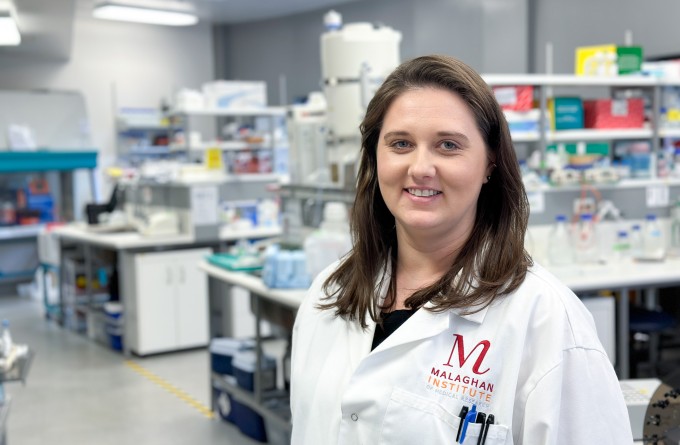
Dr Kerry Hilligan awarded Sir Charles Hercus Health Research Fellowship
2 December 2025
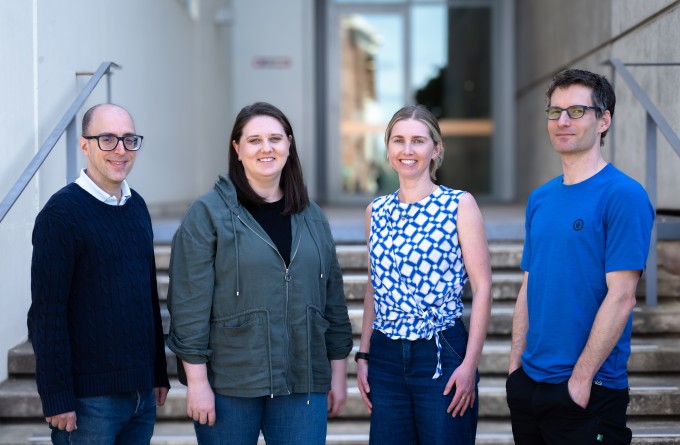
Marsden funding to drive discovery and innovation in cancer, allergy and infectious disease research
5 November 2025
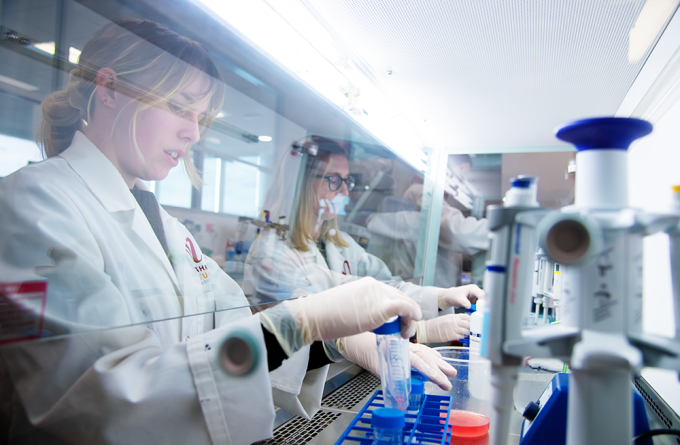
Cancer, measles and allergic disease research funded in latest HRC grants round
19 August 2025
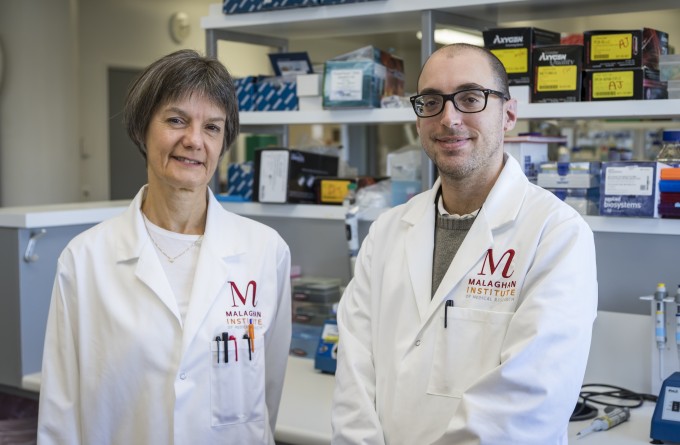
Tracking allergies to their source: new research offers insight into mechanisms priming the allergic response
2 July 2025
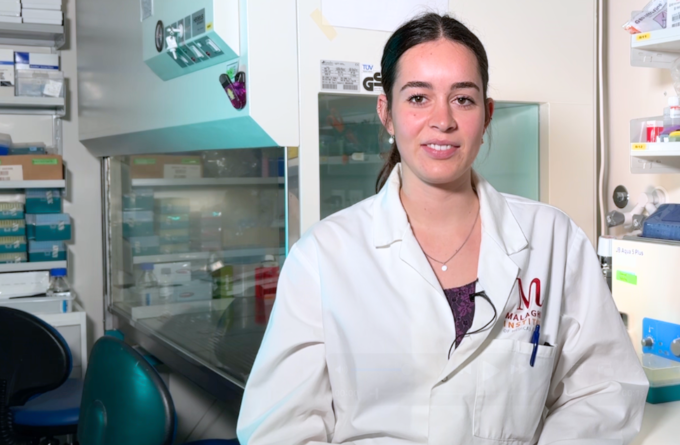
The immune system’s misinformation problem
27 June 2025
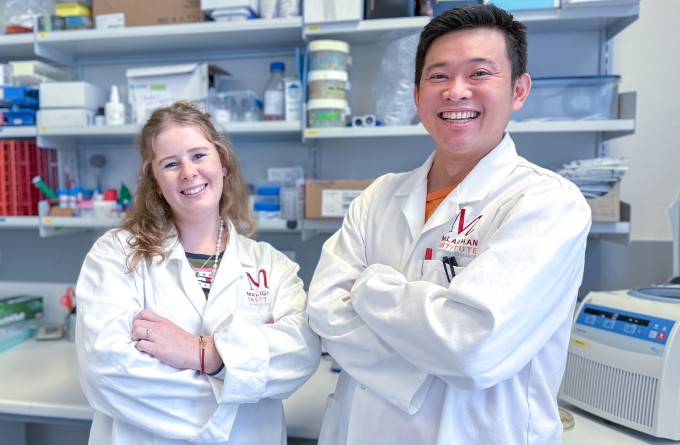
Research sheds new light on the allergic response – and how to disrupt it
5 June 2025
